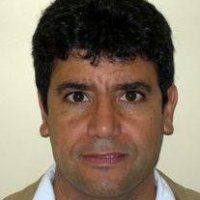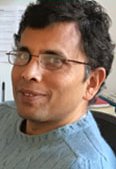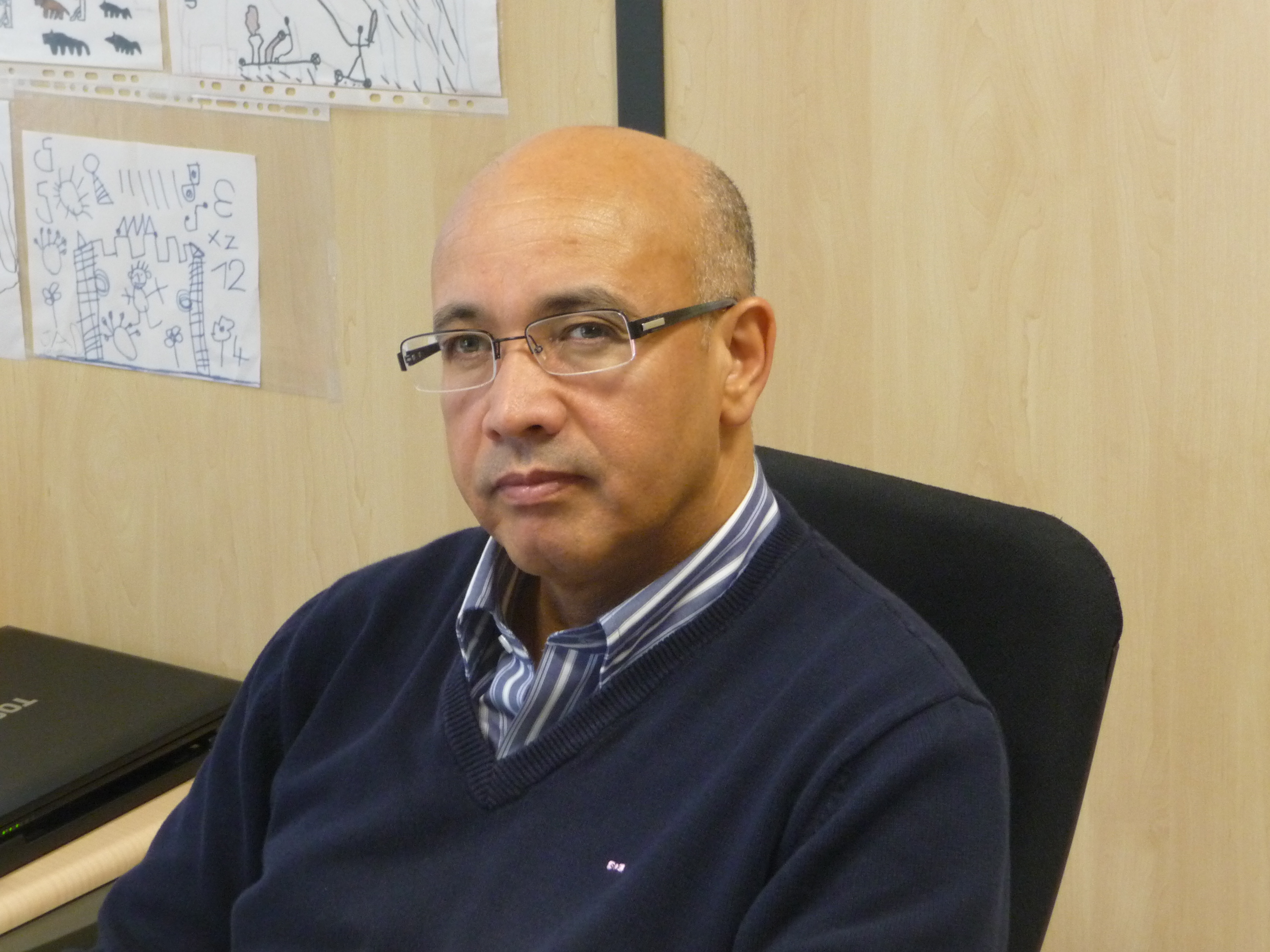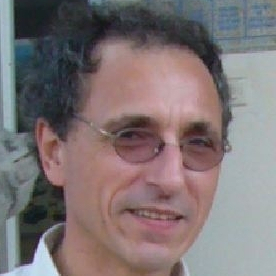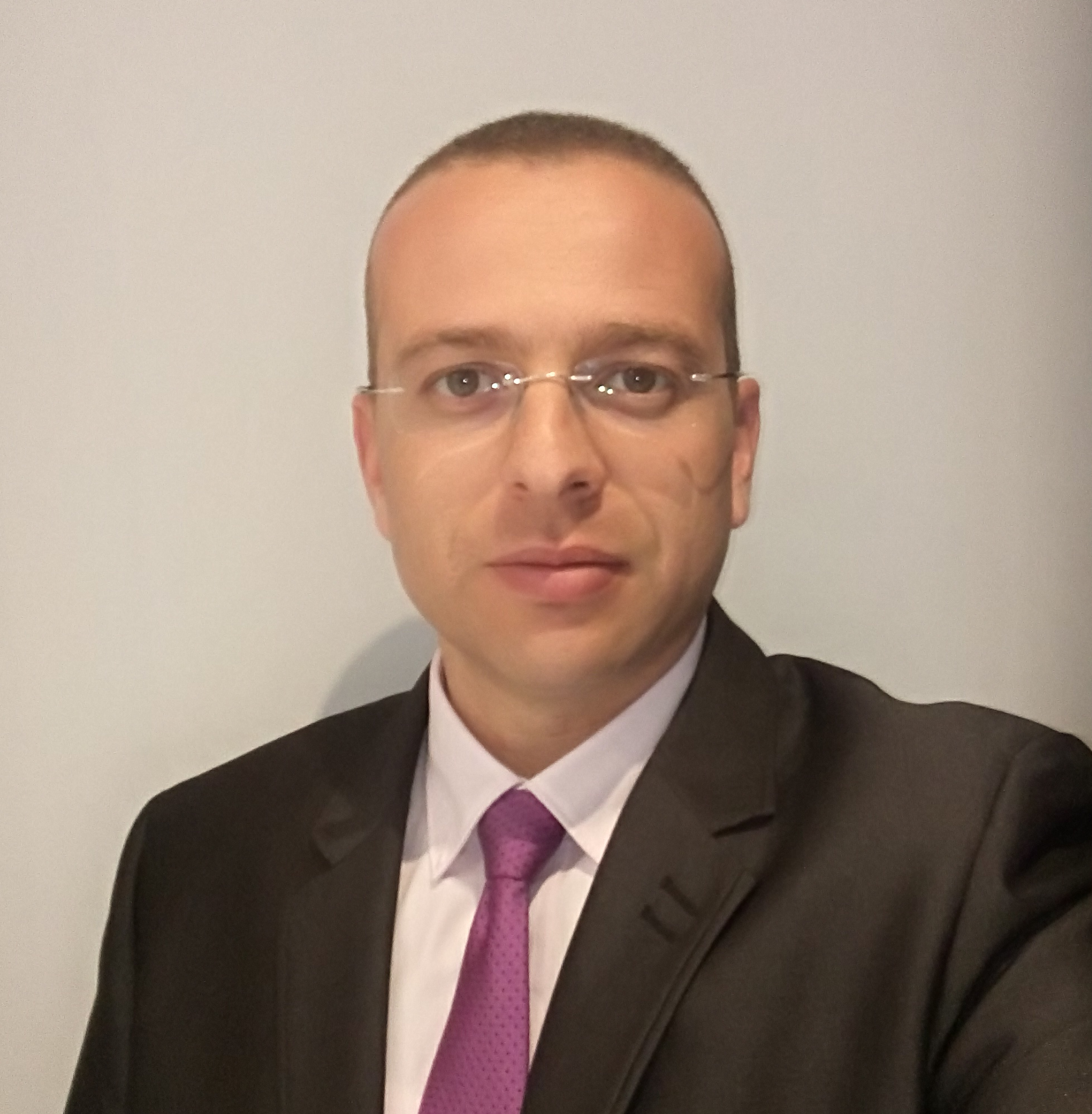Title:
Wave propagation, EM interaction and Remote sensing Application to the observation and extraction of parameters of the sea surface
Abstract:
In the context of the observation of the Earth's surface, remote sensing and radar imagery in the general sense make an important contribution in terms of
the information collected on the areas and objects observed, and there are many different applications (territorial surveillance, cartography, oceanography,
agriculture, glaciology, marine pollution, ...). This type of imaging system makes it possible, among other things, to measure the movement of the ocean surface,
including the currents or wakes of ships. However, in order to contribute to the control of a situation above the surface it would be important to combine
several aspects (from the sensor through the propagation medium to the processing of signals and / or images). For example, a radio link in the vicinity of
the sea surface has its characteristics deeply affected by the presence of the ocean surface. Indeed, the signal from the direct path will be added a number of signals
from multiple paths related to reflections from the objects and / or points of the surface. This results in interference between the direct path and the multiple paths
resulting in fluctuations in the amplitude and phase of the resulting signal. These fluctuations are a function of the geometry of the link, its electromagnetic
characteristics, as well as the state of the sea that depends on the weather conditions. Thus, the control of a situation above the surface is mainly through the characterization and understanding of the electromagnetic phenomena of the environment. And
this is reflected directly first by the study of the propagation and interactions of electromagnetic waves with natural environments (atmosphere, rain cloud, sea, soil, forest ...)
in the presence of targets or objects. Then by the control of the sensors, the understanding and realistic simulation of the monostatic or bistatic connections
(of observation and / or satellites, of perception or communication) placed in this disturbed and evolutionary environment. Finally, the processing and extraction
of information from a database of signals (n-D) from different sensors or after transformation constitute one of the last elements of the chain. The objective of
this last element is to obtain and merge a greater amount of knowledge and information from the observed scene in order to improve the recognition and automatic
identification of targets embedded in a disturbed environment. These different aspects and difficulties will be the subject of the presentation. The illustrations
will be based on measurements (generated or real), the works published over several years and made in the context of different partnerships at the same time industrial,
university or state.
Keywords: sensors, environment, propagation, wave interaction, radar targets, EM signature,
clutter, radar imagery, detection, classification, indexing and image search, reconnaissance, remote
sensing, ...
Biography:
Ali Khenchaf received the M.S. degree in statistical data processing from the University of Rennes I, Rennes, France, in 1989. In 1992, he received his Ph.D degree in Electronic Systems and Computer Network from the University of Nantes. From 1989 to 1993, he was a Researcher with the IRCCyN (UMR CNRS 6597) Laboratory,
Nantes, and was an Assistant Professor from 1993 to 2001. Since September 2001, he has been with ENSTA Bretagne (Ex. ENSIETA), Brest, France, where he is currently a Professor and, from 2001 to 2011, Head of the E3I2 Laboratory (EA 3876). He joined, since January 2012, the laboratory Lab-STICC UMR CNRS 6285, where he is co-responsible of
"Propagation and Interaction Multi-scales" team. The research conducted by Ali Khenchaf for over twenty five years in several laboratories are oriented towards both electromagnetic modeling and simulation, and also to the extraction and exploitation of information derived from phenomena induced by the interaction of electromagnetic
waves with the environment and / or complex objects (especially sea clutter and detection problems). These activities are designed especially to integrate more "intelligence" in operational systems (airborne, satellite, drone, ...), which are dedicated to perception and observation of the natural environment.
His research and teaching courses are in the fields of numerical mathematics, electromagnetic wave propagation, waves and microwave and signal processing. His research interests include radar wave scattering, microwave remote sensing, electromagnetic wave propagation, scattering in random media, monostatic and bistatic
scattering of electromagnetic waves, target Radar Cross Section, Radar Imagery and target parameter estimation. He has edited or co-edited three books and author or co-authored over 300 scientific articles. He assumed responsibility of more than 40 scientific projects contracted in partnership with industry and other organizations.
He also led or co-directed more than 40 students PhD thesis. Since January 2017, he has been a member of the Editorial Board of the European Journal of Remote Sensing. And professor Khenchaf is currently guest editor of the journal "Remote sensing". In addition, Ali Khenchaf is expert with several agencies and organizations in France and abroad.
|
